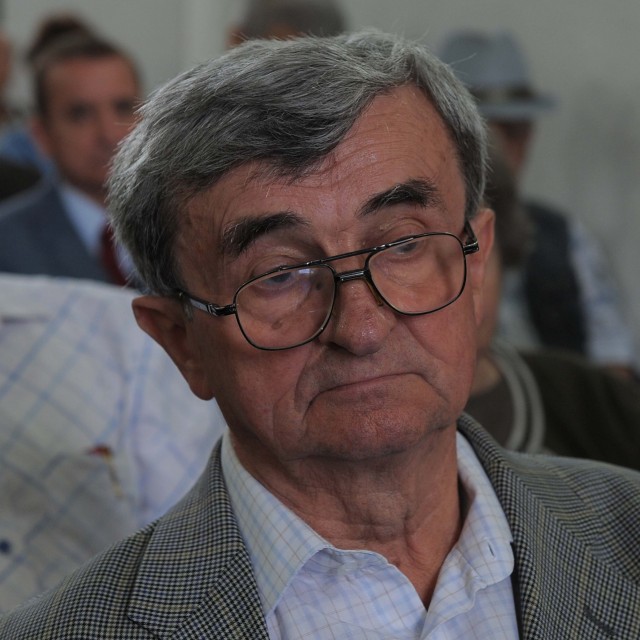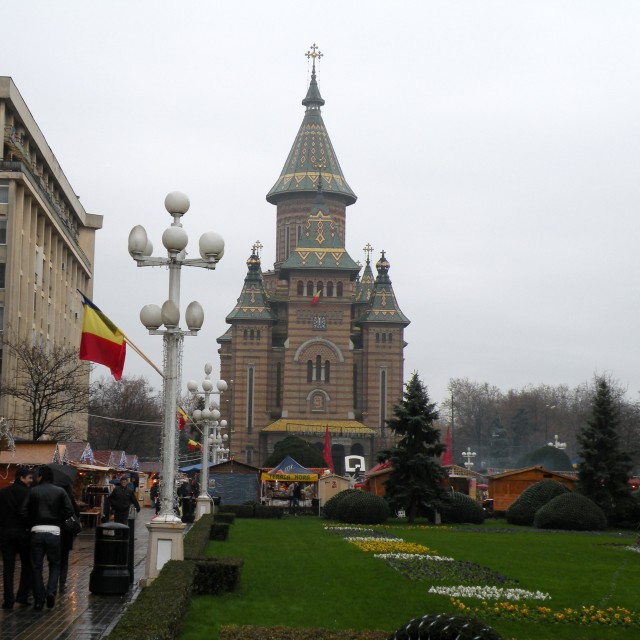Protests of the students in Timişoara in October 1956
At the end of October 1956, over 2,000 students from Timişoara organized wide protests, sympathizing with the Hungarian Revolution. Teodor Stanca was considered one of the leaders of these movements. He was one of the students who set up an initiative group to organize and coordinate protest actions. On the 30th of October, they managed to organize a meeting attended by roughly two thousand students. During the meeting the students voiced their dissatisfaction with the situation in Romania and shouted anti-Soviet slogans. Teodor Stanca was arrested on the evening of the 30th of October. Two weeks later, after a trial that took place on the 15 and 16 of November, he was sentenced by the Military Court in Timişoara to eight years’ imprisonment for “public agitation.” He recalls: “We were brought into the dock one by one. In other words, so we wouldn't find out what had been said before us. (...) The defense was just a matter of form and lawyers were assigned to us. (...) ...they generally used the same language as the indictment against us, arguing that we had had an inappropriate education at school and university, that the teachers had not paid attention to instilling young people with communist morals, and the precepts on which they had based education since the reforms. So, on the part of the defense there wasn't any visible effort to defend the case, to achieve a result in our favor.“ Shortly after the end of the trial, Teodor Stanca was taken to the Timişoara Penitentiary, where he was imprisoned until December 1956, when he was transferred to Gherla.
Hodnocení
Hodnotilo 0 lidí
Routes
Not a part of any route.
Comments
No comments yet.




